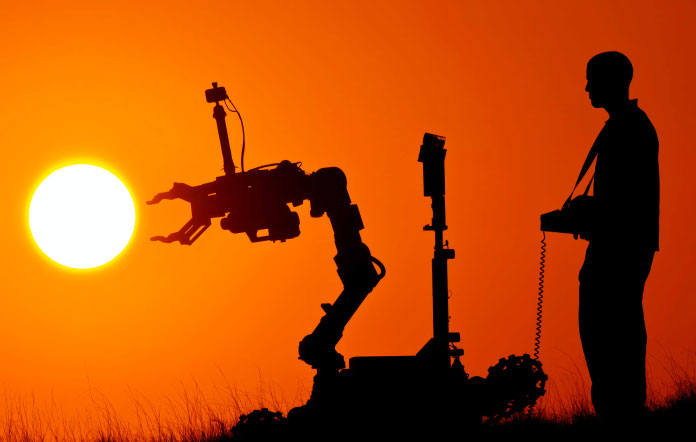While we can see, the world is growing each day, not in terms of area, but in terms of the actions that take place in it. The population is rising; the demands are increasing. But the new part is that most of the claims rely on technology, so much so that only with the workforce it is impossible to meet them. It made in the philosophy of automation, where computers were given more potent by system processes than human abilities and capabilities. While automation has lingered over the technology industry for some time now, it has been called Robotic Process Automation (RPA) by the modern world. It includes the use of venerable software to automate business processes and jobs. It tracks the operation of a specific job and automatically executes any other constant tasks.
RPA uses the user interface to catch data and work on importance by configuring computer software to automate the digital system’s task of human interaction. It can then evaluate the answers and collaborate at a lower cost with other ways to take out the mission with zero errors. Also, RPA’s non-intrusive environment enables it to utilize being support without compromising the underlying structures.
Organizations that implement RPA into their framework are gaining an aggressive industry edge. The opportunity to give better efficiency for direct efficiency helps companies improve their method and streamline it. RPA provides a quick and tailor-made response to individual needs and allows organizations with higher scalability and flexibility. It blends seamlessly into the business system to give predictability for services and businesses, providing businesses with an opportunity to grow strategically.
RPA’s implementation has forced the doors for many new career possibilities based on technology such as a business interpreter, developer, design architect, project manager, and consultant. In the case of RPA, this technology supposed to threaten the maintenance of multiple skilled and trained employees as it can handle data, interpret requests, respond to emails, and process steps. The RPA technology has grown so much that the roles of CEOs, physicians, and business administrators can now be replaced. RPA now works more like a practical business partner, where the system’s bots can make dull tasks, providing employees more time to fix on more exciting and revenue-generating jobs.
The change brought about by RPA’s dynamic environment plays a vital role in making the digital transformation, making technology’s likely more daunting.




